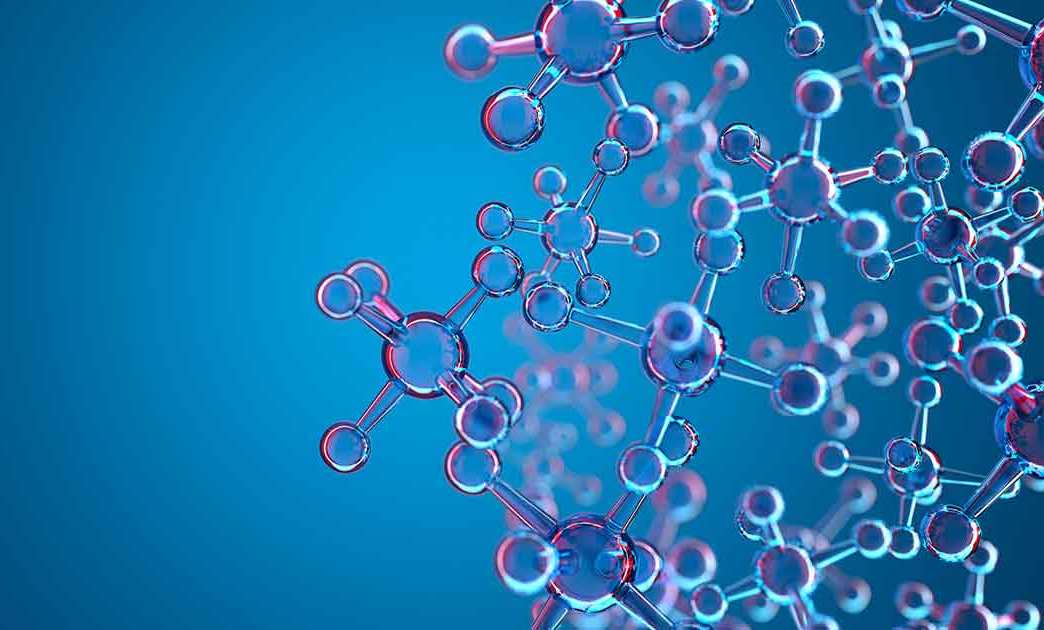Next, the filtered water undergoes electrolysis by 9 platinum-coated titanium electrode plates. This allows for the production of ionized alkaline water that is full of antioxidants without the use of chemicals. The process separates the hydrogen from the oxygen as shown in the following equation:
2H2O -> 2H2 + O2
Source: https://www.sciencedirect.com/topics/engineering/alkaline-water-electrolysis
There is a negatively-charged pole called the cathode, which attracts positively-charged H+ ions, and where the ionized alkaline water is collected. The reduction reaction that occurs at the cathode is represented by the chemical equation:
2H2O + 2e- → H2 + 2OH-
The active agents in this reduced water are active hydrogen (hydrogen atoms), hydrogen anions, hydrogen molecules, alkaline mineral nanoparticles, and alkaline mineral nanoparticle hydrides. The hydroxyl ions (OH-), alkaline minerals, and electrons present are responsible for the elevated pH and negative ORP (oxidation reduction potential). The machine is able to dispense water at 5 different alkaline pH levels of 8.5, 9.0, 9.5, 10.0, and 11.0 with an ORP of over -800 mV.
There is also a positively-charged pole called the anode, which attracts negatively-charged hydroxide ions (OH-), and creates ionized acidic water. This water has sterilizing properties due to hypochlorous acid, chlorine gas, and ozone content. This is an oxidation reaction represented as:
2OH- → 1/2O2 + H2O + 2e-
The machine is able to produce water at 4 different acidic pH levels of 4.0, 4.5, 5.5, and 6.0. Finally, our machines can also produce biologically neutral or pure, filtered water at a pH of 7.5, when ionization is not desired.
The above-described processes occur in a matter of seconds. The ability to quickly convert ordinary tap water and dispense filtered, ionized water at any of these pH settings with the touch of a digital screen is what makes these compact home machines so extraordinary.








